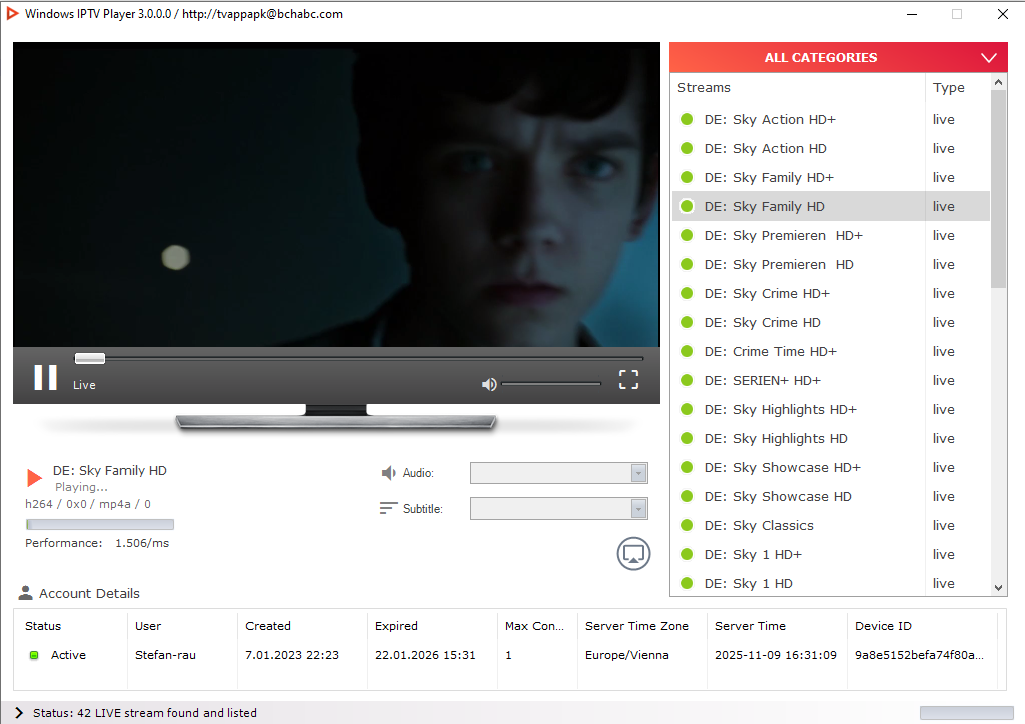I found the two best-selling TV boxes: the Xiaomi Mi Box (3rd Generation) in first place, and the Nextstar Pro (2nd Generation) in second.
In this video, I’ll compare these two TV boxes for you, looking at:
- App launch speeds and general performance
- Design and technical specifications
- Whether the more expensive model is worth twice the price
- The advantages each one has over the other
This video is not sponsored by any brand, so your support is important. If you’re considering buying any of these products, using the links in the video description helps me create objective, comparison-based content like this.
Let’s get straight into the review.
Unboxing and Design
While the contents are similar, the Nextstar’s box is noticeably larger. Both devices come with an HDMI cable.
From a design perspective, the Xiaomi is clearly much thinner and has a slimmer profile.
- Xiaomi Weight: 92g
- Nextstar Weight: 106g
In terms of material quality, the Xiaomi feels a slight bit more premium.
Ports and Connectivity:
- Xiaomi: Power input, HDMI, USB 2.0.
- Nextstar: Power input, HDMI, Optical audio out, Ethernet port (100 Mbps), USB 2.0, and a Type-C port.
Verdict: The Nextstar has a clear advantage in port variety and connectivity. Neither device showed significant heating issues during 24-hour tests.
Hardware and Technical Specifications
| Feature | Xiaomi Mi Box | Nextstar Pro |
|---|---|---|
| HDMI | 2.1 | 2.1 |
| Bluetooth | 5.2 | 5.2 |
| Wi-Fi | 2.4 GHz & 5 GHz | 2.4 GHz & 5 GHz |
| Android Version | Android 14 | Android 12 |
| HDR Support | HDR10+, Dolby Vision | HDR10+ |
| Audio Support | Dolby Atmos, DTS | Dolby Atmos, DTS |
| GPU | Newer architecture (Better for gaming) | Older architecture |
Key Takeaways:
- The Xiaomi has a more modern CPU and GPU. I estimate its processing power is nearly 1.5x to 2x that of the Nextstar, which is beneficial for gaming and demanding apps.
- The Xiaomi runs a newer version of Android.
- A significant advantage for the Xiaomi is Dolby Vision support, provided your TV also supports it.
Performance & Speed Tests
General Navigation:
The Xiaomi booted slightly faster. In menu navigation, the Xiaomi feels a bit smoother and more fluid, but the difference is not dramatic. A standard user might not even notice, but an advanced user would see the Xiaomi is more responsive.

Technology has always fascinated me. From the first time I used a computer to the latest innovations in artificial intelligence, I’ve been amazed by how fast the world around us changes. Technology isn’t just about gadgets or machines; it’s about creativity, problem-solving, and making life better for everyone.
Every new invention tells a story of human curiosity and determination. Whether it’s a smartphone that connects us instantly or a smart home device that makes daily life easier, technology reflects how far we’ve come — and how far we can still go. I love exploring new tools, apps, and systems that improve productivity and help people stay connected.
What excites me most is how technology opens endless possibilities. It allows people to learn new skills, share knowledge, and even build careers from anywhere in the world. It brings innovation to every field — education, medicine, communication, and entertainment.
For me, technology is not just a passion; it’s a way of thinking. It challenges us to find smarter, faster, and more creative solutions. I believe that those who embrace technology will always stay one step ahead in shaping the future.
